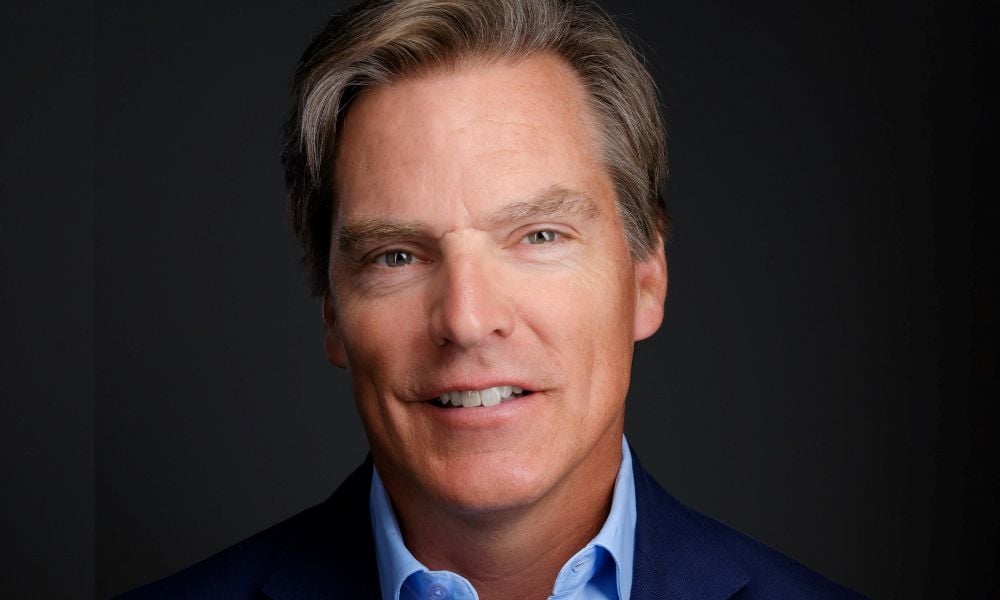Managing Director at YTM Capital offers an ‘under the hood’ look at new fixed income subclasses in latest column

Kevin Foley is a Managing Director, Institutional Clients at YTM Capital. YTM Capital is a Canadian asset manager focused on “better fixed income solutions” specializing in Credit and Mortgage funds. Kevin is the former Head of Credit Trading, Syndication, Sales and Research at a major Canadian bank. Kevin sits on (3) Canadian Foundation Boards and Investment Committees.
Fixed income investing can be frustrating. Some deem it a nuisance since it is too often misunderstood and usually not as exciting as the equity portion of a portfolio. The fixed income market, which is notably larger than the equity market, is also often harder to access and to navigate. Because of this, many investors and advisors will neglect this essential portfolio component. They’ll often avoid fixed income or default to an ineffective solution. Fixed Income may be frustrating, but it's essential, and has evolved.
After a few very bad years for traditional Fixed Income investing, and a shocking rise in rates, it is time to rebalance the portfolio. That includes repositioning within Fixed Income, along with reviewing diversification and total portfolio risk.
Interest rates, which I believe will be “higher for longer”, have reached levels where bonds can help a portfolio again. It’s still tricky to choose your optimal duration due to an inverted yield curve and rising rates, but a portfolio can now benefit from holding shorter term bonds and it is now or will soon be time to extend duration. This, of course, all depends on your personal circumstance.
The “higher for longer” expectation proffers a few things. It delays the benefit of bonds earning capital gains from falling interest rates. It may mean higher rates and therefore lower bond prices, where longer duration will hurt. It also means that discount rates and cap rates will need to rise, which will hurt equities and valuations for private and real assets. We are watching this play out in September 2023.
Higher for longer and the real potential for a period of slower economic growth necessitate a reset for fixed income, and for total portfolio risk.
Portfolios have long been divided into 60% equities and 40% bonds. I believe that framework is still useful, but that the solutions for the 60 and for the 40 have both changed materially. The 60/40 has been a straightforward portfolio construct, mostly intended to manage total portfolio risk. 40% of the portfolio was focused on delivering a buffer to equity volatility, producing income, and limiting total downside risk. Let’s focus on how to set up the 40% of the portfolio that is referred to as fixed income.
The new subsets of fixed income
The makeup of the fixed income bucket has changed. Where it once was simply a portfolio of bonds, and often ignored, it is now a dynamic set of exposures to bolster, diversify, protect, and deliver income for the portfolio. The new Fixed Income bucket includes:
- A duration target for the bond portfolio — to produce income and ideally provide an offset when equities sell off.
- A separate and distinct choice of credit exposure in the bond portfolio — also to provide income and an offset, with a higher yield and distinct drivers, often via a credit-focused fund.
- Real estate (equity) — a real asset, expected to generate steady long term capital appreciation with low correlation to other asset classes.
- Infrastructure (equity) — similar to real estate, with its own drivers and diversification possibilities, also expected to keep up with rising inflation.
- Mortgages — similar to a bond, often with a higher yield, a mortgage is a loan, secured by an asset, paying regular interest payments.
- Private debt — less liquid loans to individuals or companies, often at a premium yield, which may be secured by an asset or pledge.
- High yield exposure (potentially) — riskier debt often producing an incremental yield and exposure to a unique set of companies, with a different price relationship to underlying rates than investment grade credit.
To clarify the division between the first two bullet points about bonds above, investors are now choosing the optimal duration for their bond portfolio and the best way to gain that exposure. At the same time, they are separately choosing the optimal credit fund for the bond portfolio. Further, credit funds have proven to be a valuable source of uncorrelated return. Investors have recognized that the two exposures within bonds are distinct and that duration and credit investing are discrete skill sets. Credit investing managers, who eliminate rate exposure, have evolved in the past ten years and many credit funds have outperformed traditional bond funds, with higher expected returns looking forward.
A combination of these asset classes should still make up roughly 40% of the total portfolio depending on your choices and risk tolerance, but as you can surmise, it looks and acts a lot different than the traditional fixed income bucket. Many of these asset classes performed very well while bonds stumbled in the past few years, and they are essential parts of an optimal portfolio going forward.
For example, we have recently seen credit outperform duration in this cycle and expect that will continue. We have seen most real estate valuations hold up better than rates or public equities, other than in a few isolated incidents. Conservative mortgage funds have been solid performers, and many mortgage fund yields are now reflecting the higher interest rate levels. Further, high yield has held in better than some expected and while private debt may be subject to further revaluation due to higher rates it has performed well too.
Many of these Fixed Income bucket exposures, save for interest rate exposure more recently, have been stable investments and have proven the ability to generate valuable return for the portfolio, handily outperforming the equity bucket in this recent cycle and potentially decreasing the need for risk within the equity portfolio.
This refreshed portfolio introduces several diversifying strategies that improve total portfolio risk metrics. Some investors monitor these asset classes in a separate “Alts” bucket along with other growth-oriented exposures, but I find it simpler to break them into the traditional 60-growth / 40-safety-income-buffer portfolio design, as outlined above. Further, considering all investment options on an expected risk-adjusted return basis, and not only an expected absolute return basis is highly likely to generate better returns over the medium and longer time periods.
The uncertain economic environment demands this refresh and evolution of the safety and buffer portion of the portfolio. In this environment, portfolio managers are reporting greater dispersion between asset classes, sectors and individual securities, which likely means that there is more opportunity for good, active fund managers to outperform indices. Consider how your portfolio will receive essential beta cheaply and then where you will pay for active asset class experts to manage risk and to bolster performance.
Things have changed…..taxis, streaming services, electric cars…..and Fixed Income portfolio management too.



